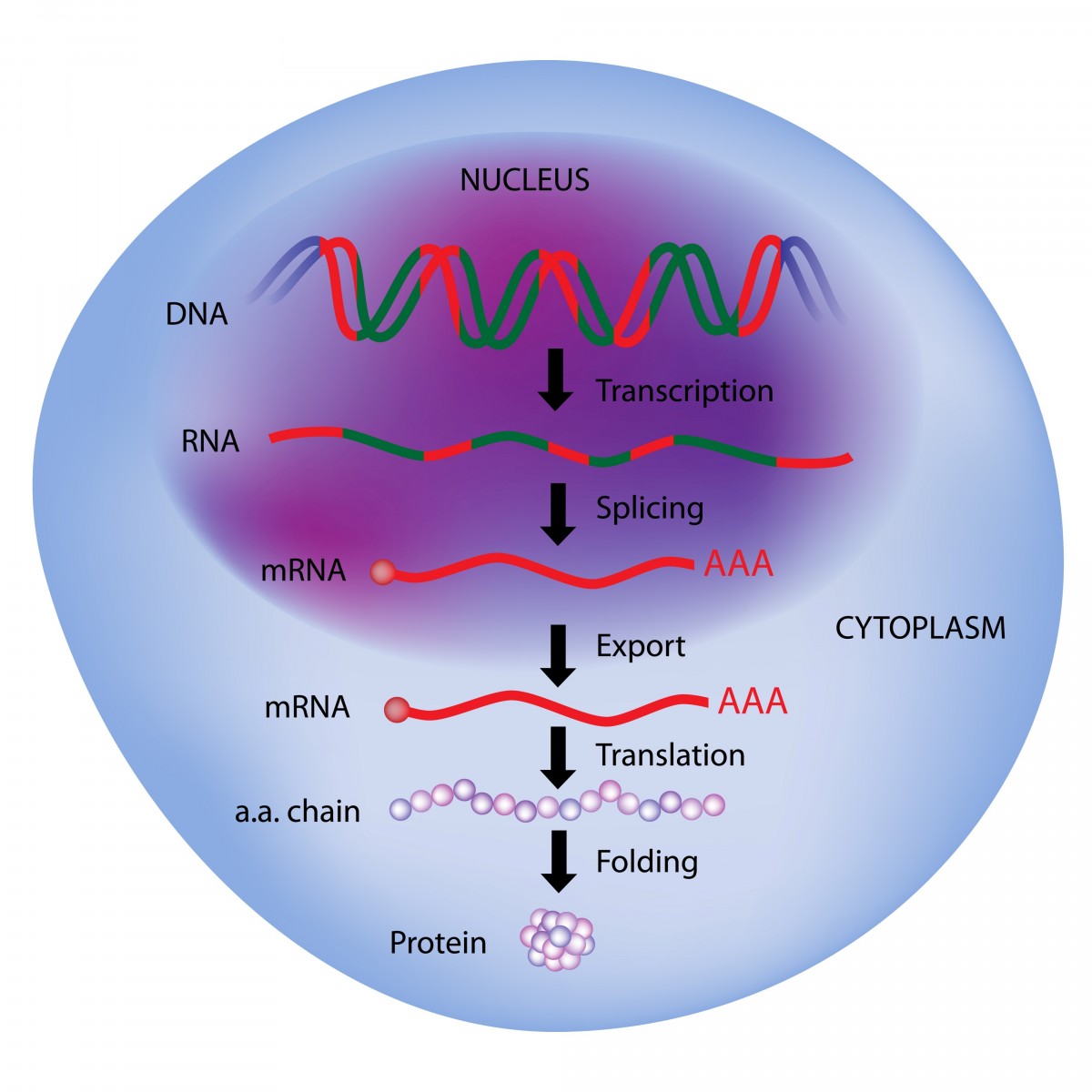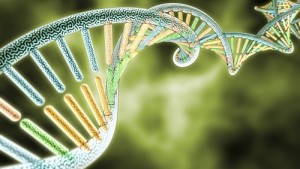Correcting Splicing Error Restores SMN in SMA Patient Cells
Written by |

 Perhaps the result of a gene duplication event 5 million years ago, humans have two copies of the gene for survival motor neuron (SMN). Patients with spinal muscular atrophy (SMA) lack SMN1 and have a missing piece of transcript from SMN2. Although SMN protein produced from SMN2 is shortened and unstable, the fact that there is some SMN protein present is encouraging and suggests a range of options for treating SMA.
Perhaps the result of a gene duplication event 5 million years ago, humans have two copies of the gene for survival motor neuron (SMN). Patients with spinal muscular atrophy (SMA) lack SMN1 and have a missing piece of transcript from SMN2. Although SMN protein produced from SMN2 is shortened and unstable, the fact that there is some SMN protein present is encouraging and suggests a range of options for treating SMA.
A group from the Department of Biomedical Sciences at Iowa State University is taking a step-by-step approach to solving SMA by restoring SMN expression through correcting the SMN2 exon 7 splicing error. From discovering a promising therapeutic target to taking that target to phase 3 clinical trials, the group is making great strides in developing SMA treatments and understanding the mechanisms of action behind treatment.
[adrotate group=”3″]
The group’s therapy is targeted for intronic splicing silencer N1 (ISS-N1). The molecule, which provides the basis for ISIS Pharmaceutical’s antisense drug ISIS-SMNRx, was found after the team conducted an in vivo selection of the entire exon 7. Their goal was to probe the importance of every gene residue in exon 7, discovering that the very last residue was extremely important. “The results of in vivo selection brought a new perspective to the field (of exon 7-splicing regulation) by demonstrating an intrinsic problem with [a different part of the exon than is usually studied],” wrote the team in “Splicing Regulation in Spinal Muscular Atrophy by an RNA Structure Formed by Long-Distance Interactions,” published in Annals of the New York Academy of Sciences.
The team then developed an antisense oligonucleotide-mediated approach to correct exon 7 splicing errors. While determining the mechanisms of action, the researchers discovered ISS-N1 interacts through internal stem through long-distance interaction-1 (ISTL1) with the middle of intron 7, part of an inhibitory region known as ISS-N2.
After conducting more experiments, the authors stated, “We demonstrate that an antisense oligonucleotide-mediated sequestration of ISS-N2 fully corrects SN2 exon 7 splicing and restores high levels of SMN in SMA patient cells. These results underscore the therapeutic potential of the regulatory information present in a secondary and high-order RNA structure of a human intron.”






